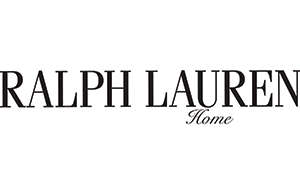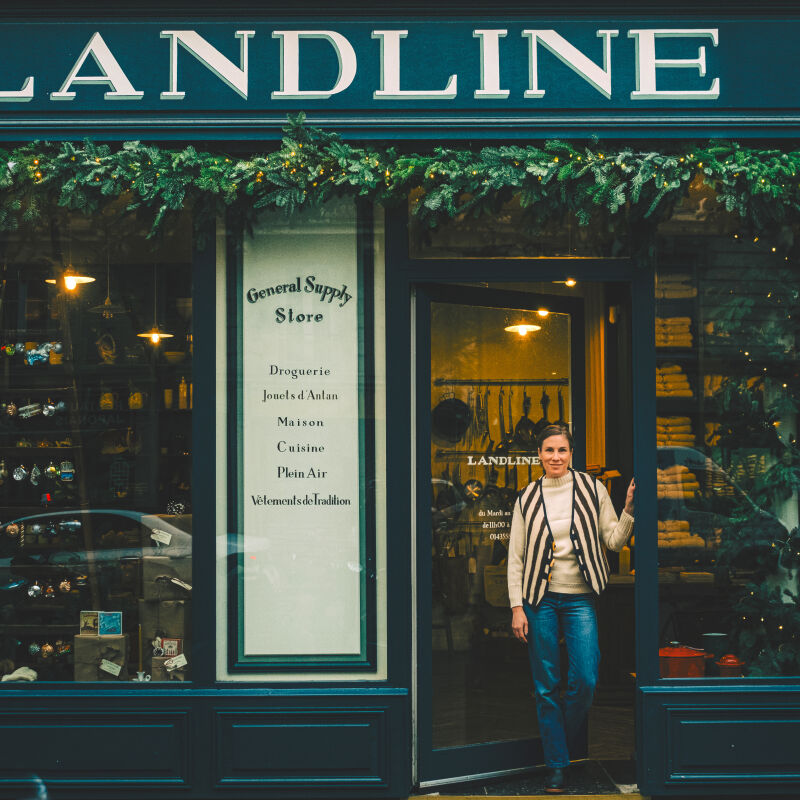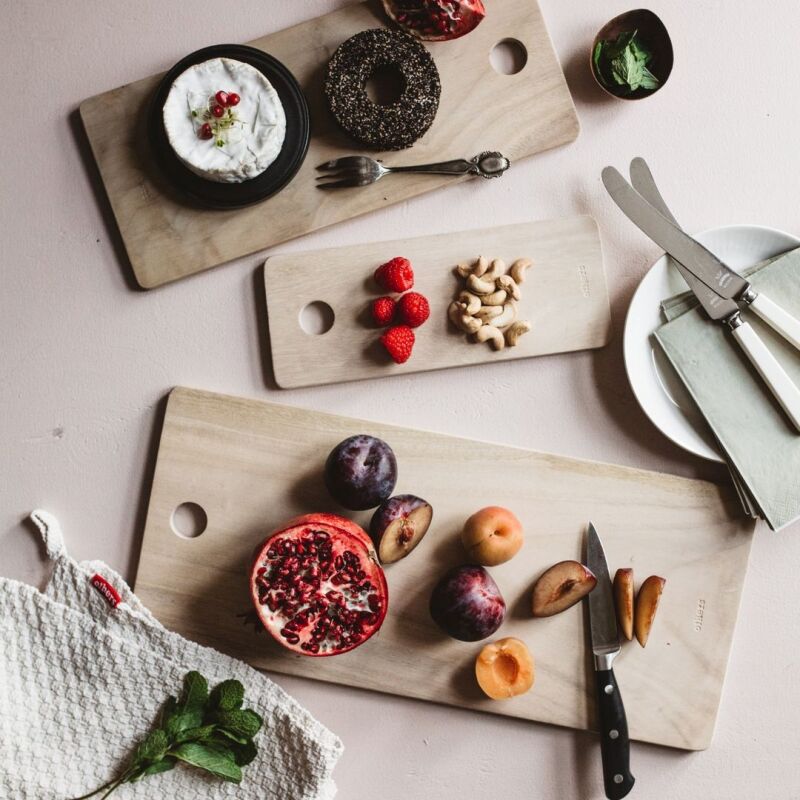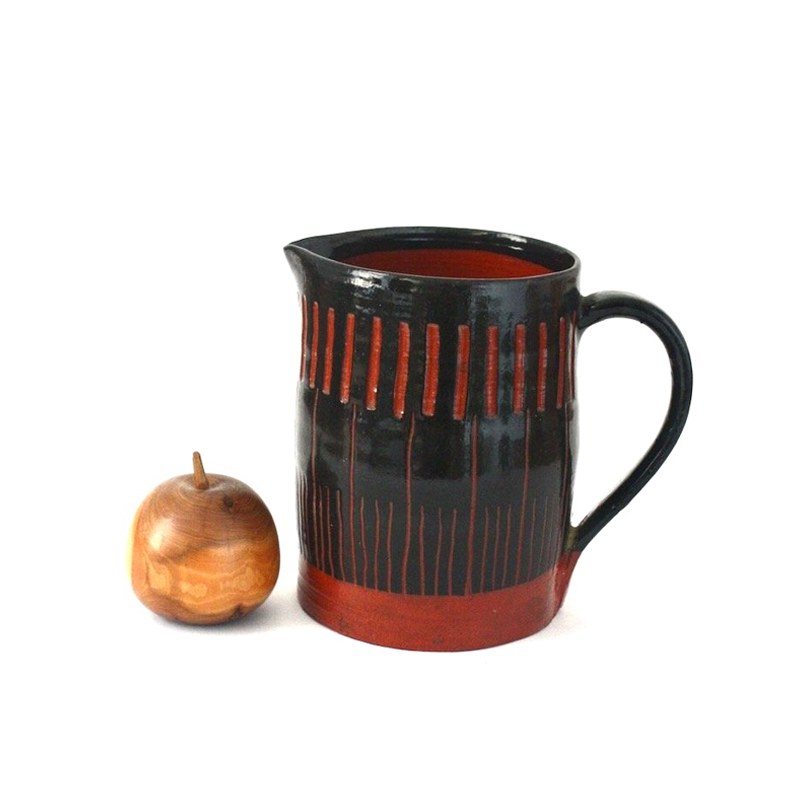There’s a certain air of understated luxury associated with well-made objects—pieces crafted by hand, with a lineage and a story. The story of Ralph Lauren Home‘s collaboration with Burleigh pottery is one nearly 200 years in the making. Their partnership, fueled by Ralph Lauren’s design leadership and backed by Burleigh’s long-standing history of pottery craftsmanship, is a true celebration of artistry. Ralph Lauren’s three custom patterns are drawn from the brand’s Americana roots and displayed on Burleigh’s hand-crafted wares for a collection that is both distinct and familiar—these are modern classics meant to be lived with and passed down.
Here’s a look:

The process of making each piece is one that Burleigh has been perfecting for the last 160 years. With minimal intervention of modern machinery, each ware is still made using molds acquired in the 1800s. The technique is so primitive it’s practically revolutionary: clay is made from raw materials using the same machinery that was installed in the Burleigh factory in 1889, then molded by pouring clay slip or pressing clay into one of the molds. The piece will be fired three times total before it’s complete, but it’s Burleigh’s unique underglaze tissue transfer printing that sets it apart.

The labor-intensive tissue transfer printing involves using engraved rollers to print patterns onto tissue paper, which is then applied by hand to the ware while the paper is still wet. The craftsman must place the paper precisely the first time; there are no second tries in this time-honored technique, but it results in a superior product whose pattern has depth and subtlety that can’t be achieved using a more automated method. The collaboration with Ralph Lauren Home is Burleigh’s first foray into printing another brand’s original designs onto their pottery, but Ralph Lauren designs are nearly as steeped in American culture as Burleigh is in English, making the partnership a true celebration of a commitment to quality craftsmanship. One of the patterns in the collection—Midnight Sky—is reminiscent of a classic Ralph Lauren bandana, and the other two—Faded Peony and Garden Vine—were inspired by vintage batik cloths.



The patterns are printed on everyday dinnerware—plates and mugs and cereal bowls—as well as an Etruscan pitcher and sugar pot, among other occasion pieces. The collection encompasses 15 forms in total, all designed to be mixed and matched and used daily, then passed on to generations to come.

Visit Ralph Lauren to shop the collaboration, and start your personal collection.







Have a Question or Comment About This Post?
Join the conversation